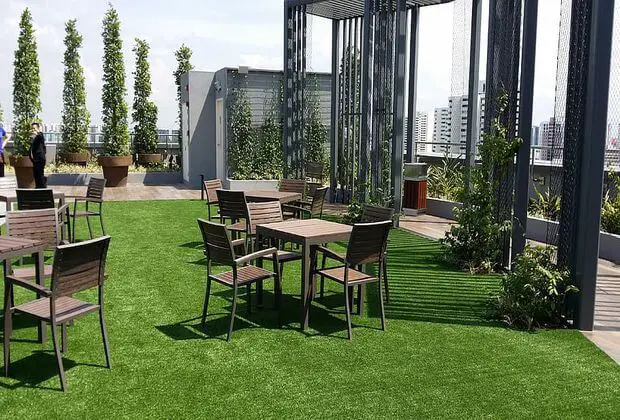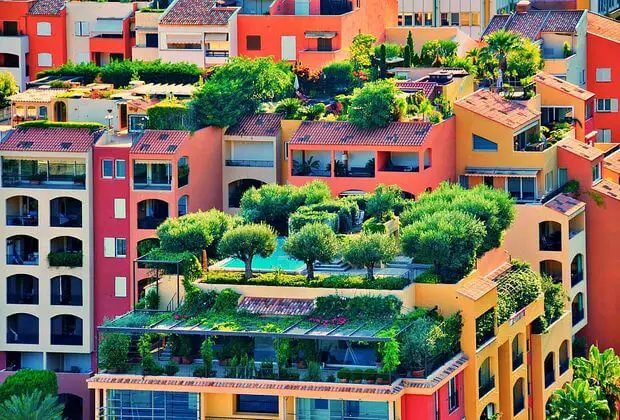Terrace Garden Construction Process
“Who doesn’t like to have a beautiful and pleasant Terrace garden and Spend their happy moments with their loved ones.” Well before having one, there are some points to be considered as discussed below.
Terrace garden can be of small or large, Incase of a small garden small container is used to grow plants. While in case of a large whole roof or small area of the roof is converted into green vegetation.

1. Waterproofing Layer
This is the most important step in the terrace garden construction process, In Order to avoid Dampness/leaking of water. Which might affect the below the ceiling.
This layer must be resistant to root penetration, ultraviolet rays, water leaks and can stand against severe temperature.
2. Insulation Layer
An insulation layer is generally a nonwoven geotextile material, which protects the waterproofing layer from mechanical damages. These are usually made of XPS extruded polystyrene boards, Polyurethane foam.
The insulation layer is necessary if the drainage layer uses a primitive granular mix. These are also called protection layers.
3. Drainage Layer
The drainage layer prevents waterlogging on the terrace. As rainwater is quickly discharged from the vegetation layer to the drainage system.
Some of the drainage materials used in the terrace garden are as follows:
- Granular materials-Gravels, stones chips, lava rocks, and broken clay tiles, etc.
- Porous mats – Sponge-like materials
- Lightweight plastic
Also Read – What is Sewerage? Different Types of Sewage system
4. Filter layer
This layer helps in filtering the fine particles/silt from entering into a drainage system. And prevents clogging of the drainage layer.
Usually, nonwoven filter layer are used in many circumstances.
Also Read – Trickling filters |Design| Advantages |Disadvantages -Wastewater
5. Soil Layer
The minimum thickness of the soil bed on the terrace garden is recommended for lawn is 40 cm. while in the case of large plantation thickness ranges from 1 to 1.5m.
The Soil used in the terrace must meet some criteria such as should be rich in nutrients, being lightweight, and must have water retention capacity.
6. Vegetation layer
In this layer, you can grow Vegetation such as decorative plants, flower plants,s or edibles.
Vegetation can be of many forms such as herbs, shrubs, grasses, annuals, and perennials.
7. Irrigation
To keep the terrace garden alive, proper irrigation is required in order to provide water to the vegetation.
The most common recommended method is to install a semi-automatic drip irrigation system and a Sprinkler system for lawns.
The irrigation system must supply only the required/minimal amount of water, excess water results in waterlogging on the rooftop.
Also Read – What is Bitumen? Properties and uses of Bitumen


